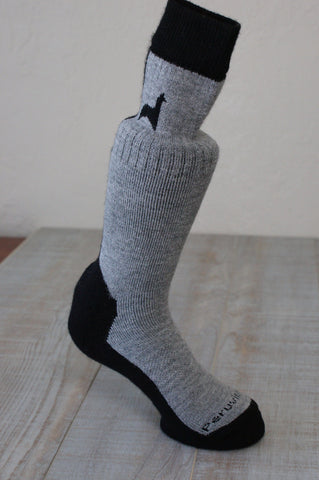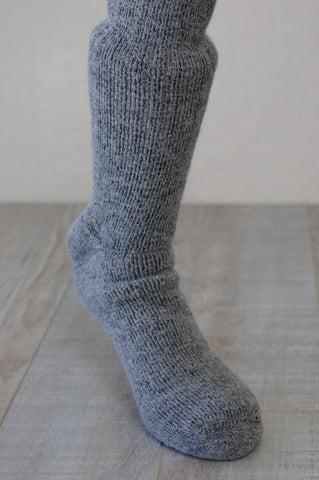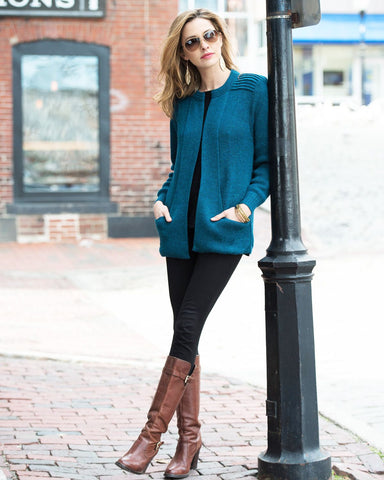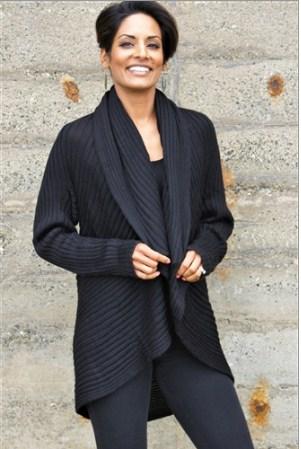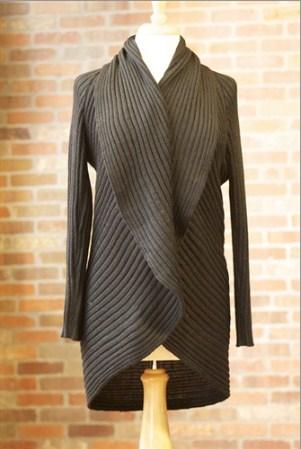6 Facts About the Rose Bowl Parade
I confess, I lived in LA by the Hollywood Hills for about 6 years back around the turn of the century, 2000. Wow, turn of the century sounds like a long time ago.
I grew up in Central Illinois in a mid size factory town. My mother was still living there and came to LA during the holidays. Of course, she wanted to see the Rose Parade live. We have some great seats in the bleachers lining the parade route and then spent the remainder of the day viewing the floats up close and personal in the Rose Bowl parking area. She loved it! It was beautiful Southern Calif with blue skies and temperatures in the 70's. But one thing that really sticks out in my mind, I could not get her to take off her heavy jacket. I asked her why she would not take it off and even offered to carry it for her. Her response was: "It's New Years, I always have to wear a coat on New Years". Old habits die hard.
Onto the 6 facts about the Rose Bowl Parade:
1.The Rose Parade Started to Show Off the Weather
In 1888, blue bloods (and blue-blood wannabes) from the East Coast founded Pasadena’s very exclusive Valley Hunt Club, an English-influenced invitation-only establishment that held rabbit shoots and staged debutante balls for its wealthy members. Two years after the club’s founding, it held the first Tournament of Roses to promote Southern California’s abundant sunshine and year-round blooms. “In New York, people are buried in snow,” Professor Charles F. Holder reportedly announced at a club meeting. “Here our flowers are blooming and our oranges are about to bear. Let’s hold a festival to tell the world about our paradise.
2. The First Rose Parade “Floats” Were Just Horse-Drawn Carriages
The first Tournament of Roses featured a small procession of pony carts and horse-drawn carriages that were lavishly covered in local blooms. A few thousand people gathered to watch the parade, which was followed by chariot and foot races, jousting, polo, and tug-of-war. The event was a success, but modest compared to today’s spectacle of pageantry and pomp. Marching bands and motorized floats were added in subsequent years, and the games were expanded to include ostrich races and bronco busting demonstrations. (There was even a race between an elephant and a camel.) After five years, the event outgrew its original organizers, and in 1895, the Tournament of Roses Association was formed to take charge of the parade and related festivities.
3. Football Was Added in 1902
In 1902, the organizers decided to go even bigger by hosting a college football game after the parade. The matchup saw California’s Stanford go up against Michigan — only to lose 49-0 in a defeat so lopsided that football disappeared from the festival for more than a decade. It was permanently reinstated in 1916, and in late 1922, a few months before the 1923 game, the Rose Bowl Stadium opened its gates for the first time. Its namesake Rose Bowl Game has been played there almost every year since, except in 1942 and 2021, and has been a sellout attraction since 1947.
4. It’s Never on Sunday
For the first three years, the parade was held on January 1. But in 1893, New Year’s Day fell on a Sunday. Organizers worried that the procession would interfere with religious services or scare horses tied up outside local churches, so they decided to move the parade to the following day, Monday, January 2. That precedent stuck, and to this day, the Tournament of Roses takes place on January 1 — unless January 1 falls on a Sunday, which happened most recently in 2023. In its 130-plus-year history, the parade has been canceled outright only four times, during the World War II years of 1942, 1943, and 1945, and in 2021 due to the COVID-19 pandemic.
5.There Are (Almost) No Cars Allowed
Automobiles are a no-no at the Tournament of Roses Parade, with four exceptions. Cars are permitted for the parade’s grand marshal, the mayor of Pasadena, the Rose Bowl Game Hall of Fame inductees, and the Tournament of Roses president. And these aren’t your average sensible sedans: In 2022, the Tournament of Roses president rode in a 1967 Crown Firecoach fire engine, while Grand Marshal Levar Burton traversed the 5.5-mile route in a 1923 Rolls Royce Silver Ghost.
6. There Are Literally Millions of Flowers on the Floats
The Rose Parade floats have come a long way since that first 1890 procession. Today’s motorized floats can be upwards of 100 feet long and 16 feet tall — and every visible inch must be covered in natural materials, such as seeds, bark, moss, and, of course, flowers (sometimes tens of thousands of them). Construction on the floats starts months in advance, and decorations may be added as early as mid-October, but most of the natural materials are saved for the final week before the parade. Live flowers in water-filled vials are added last, by volunteers working around the clock leading up to the morning of January 1. All told, more than 80,000 volunteer hours go into the planning of the parade and the construction of the floats.
Alright, I know this has nothing to do with sheepskin but I promise my next post will provide tips for keeping your slippers lookin good.
Have a Happy New Year and thanks for reading my post
Sample Block Quote
Praesent vestibulum congue tellus at fringilla. Curabitur vitae semper sem, eu convallis est. Cras felis nunc commodo loremous convallis vitae interdum non nisl. Maecenas ac est sit amet augue pharetra convallis nec danos.
Sample Paragraph Text
Praesent vestibulum congue tellus at fringilla. Curabitur vitae semper sem, eu convallis est. Cras felis nunc commodo eu convallis vitae interdum non nisl. Maecenas ac est sit amet augue pharetra convallis nec danos dui.
Cras suscipit quam et turpis eleifend vitae malesuada magna congue. Damus id ullamcorper neque. Sed vitae mi a mi pretium aliquet ac sed elitos. Pellentesque nulla eros accumsan quis justo at tincidunt lobortis denimes loremous. Suspendisse vestibulum lectus in lectus volutpat, ut dapibus purus pulvinar. Vestibulum sit amet auctor ipsum.




